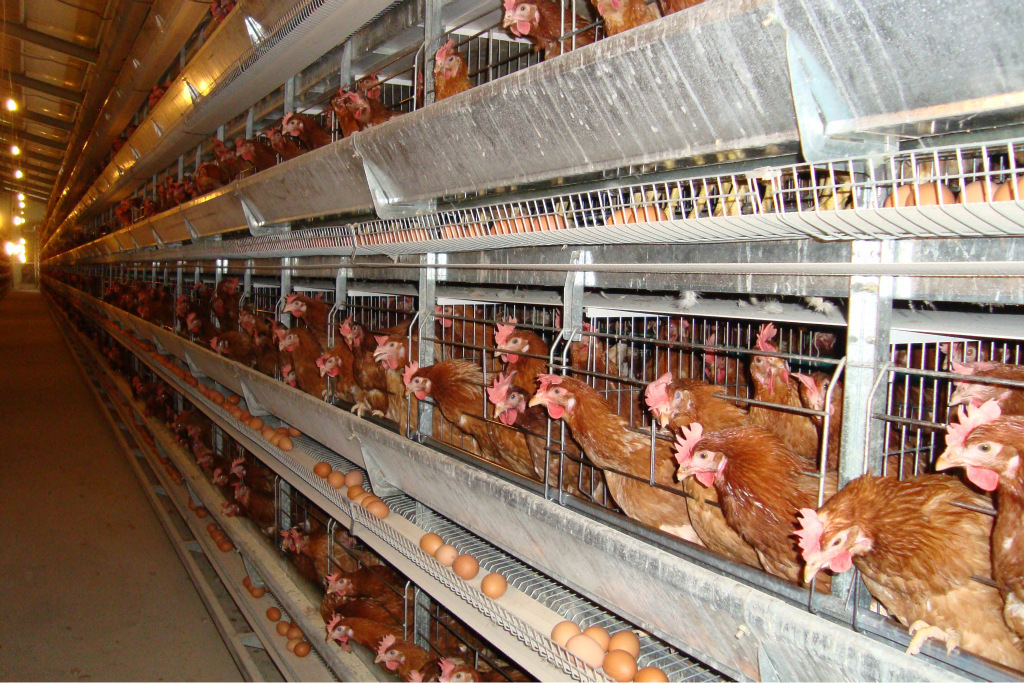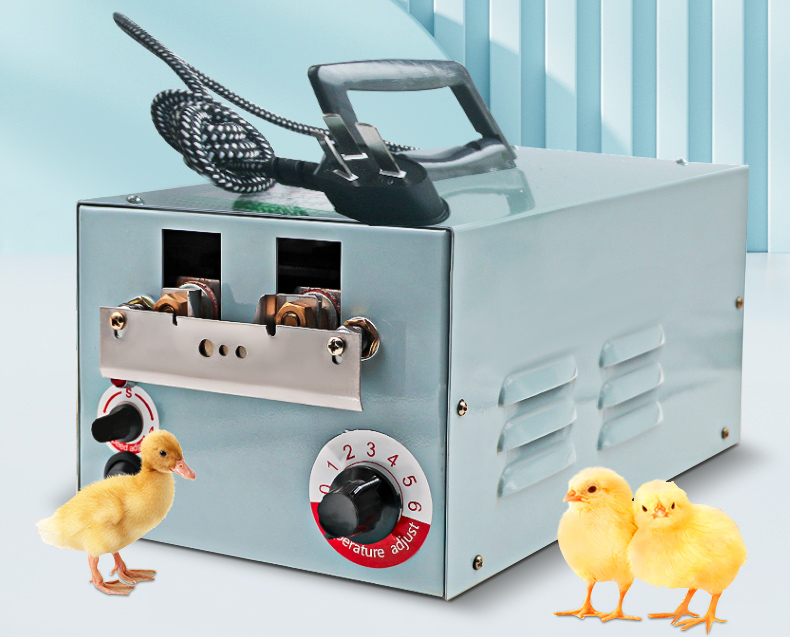News
-

New Listing- Nesting 25 Eggs Incubator
If you are a poultry enthusiast, there’s nothing quite like the excitement of a new listing for an incubator that can handle 25 chicken eggs. This innovation in poultry technology is a game-changer for those who want to hatch their own chicks. With automatic egg turning and exceptional perf...Read more -

New Listing 10 House Incubator – Light the Life, Warm the House
In the ever-evolving world of technology and innovation, there are always new products hitting the market. One such product that has recently grabbed the attention of poultry enthusiasts and farmers alike is the new listing automatic 10 house incubator, capable of hatching 10 chicken eggs. But th...Read more -

Congratulation! The new factory was officially put into production!
With this exciting development, our company is thrilled to announce increased efficiency and enhanced customer satisfaction. Our state-of-the-art egg incubator, stringent quality control measures, and fast delivery time are at the forefront of our operations. At our new factory, we have invested...Read more -

Key points of rearing and management of laying hens at the chick stage
Breaking the beak at the right time The purpose of beak breaking is to prevent pecking, usually the first time at 6-10 days of age, the second time at 14-16 weeks of age. Use a specialized tool to break the upper beak by 1/2-2/3, and the lower beak by 1/3. If too much is broken, it will affect f...Read more -

New chickens should be restricted from laying eggs in winter
Many chicken farmers believe that the higher the egg laying rate in the winter of the same year, the better. In fact, this viewpoint is unscientific because if the egg laying rate of newly produced chickens exceeds 60% in winter, the phenomenon of stopping production and molting will occur in the...Read more -

Deficiencies in feed preparation should be addressed based on egg changes
If the eggshells are found to be intolerant to pressure, easy to break, with resident marbled spots on the eggshells, and accompanied by flexor tendinopathy in hens, it indicates a lack of manganese in the feed. Manganese supplementation can be done by adding manganese sulfate or manganese oxide...Read more -

Daily management of young chickens in chicken farms
The daily management of young chickens in chicken farms needs to pay attention to the following aspects, to give you an introduction. 1. Prepare enough feeding troughs and drinkers. Each young chicken has 6.5 centimeters above the length of the feeding trough or 4.5 centimeters above the locatio...Read more -

Early winter improves high production in first-laying hens
Early winter is the spring rearing laying hens just entered the peak season of egg production, but also green feed and vitamin-rich feed lack of season, the key to grasp some of the following points: Change the pre-egg feed at the right time. When laying hens reach 20 weeks of age, they should be...Read more -

Chicken Egg Laying Decline Syndrome
Chicken egg-laying syndrome is an infectious disease caused by avian adenovirus and characterized by a decline in egg production rate, which can cause a sudden decline in egg production rate, an increase in soft-shelled and deformed eggs, and a lightening of the color of brown eggshells. Chicken...Read more -

Precautionary measures against white crown disease in chickens during rainy season
In the rainy summer and fall seasons, chickens often occur a disease mainly characterized by whitening of the crown, which brings large economic losses to the chicken industry, which is the Kahn’s residence leukocytosis, also known as white crown disease. Clinical Symptoms The symptoms of t...Read more -

Preparation of chicken farms before entering chicks
Farmers and chicken owners will bring in a batch of chicks almost every once in a while. Then, the preparation work before entering chicks is very important, which will affect the growth and health of chicks in the later stage. We summarize the following steps to share with you. 1、Cleaning and ...Read more -

Precautions for Chick Beak Breaking
Breaking the beak is an important work in the management of chicks, and correct beak breaking can improve feed remuneration and reduce production costs. The quality of beak breaking affects the amount of food intake during the breeding period, which in turn affects the quality of breeding and the...Read more




